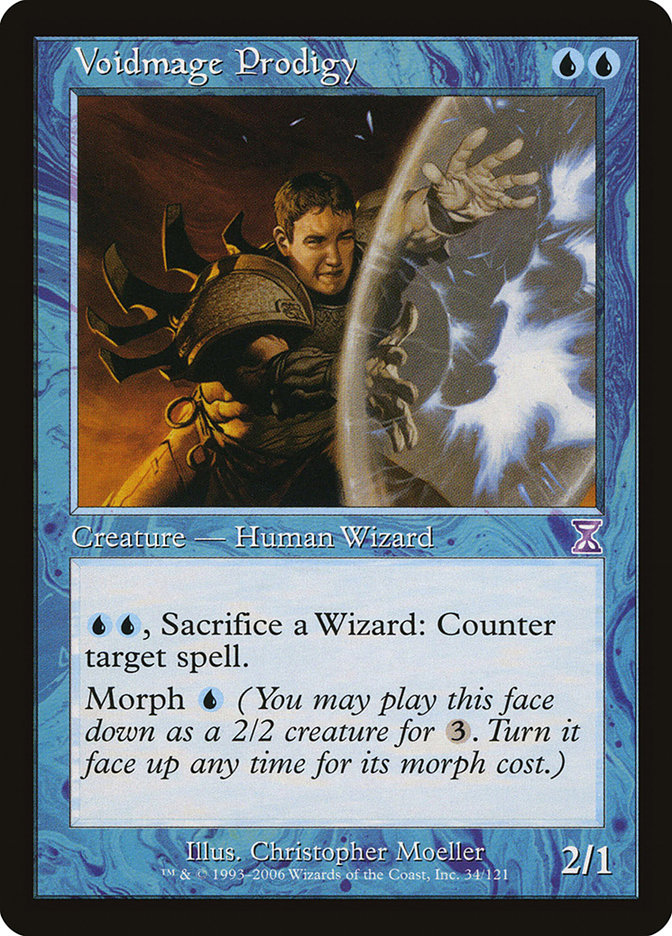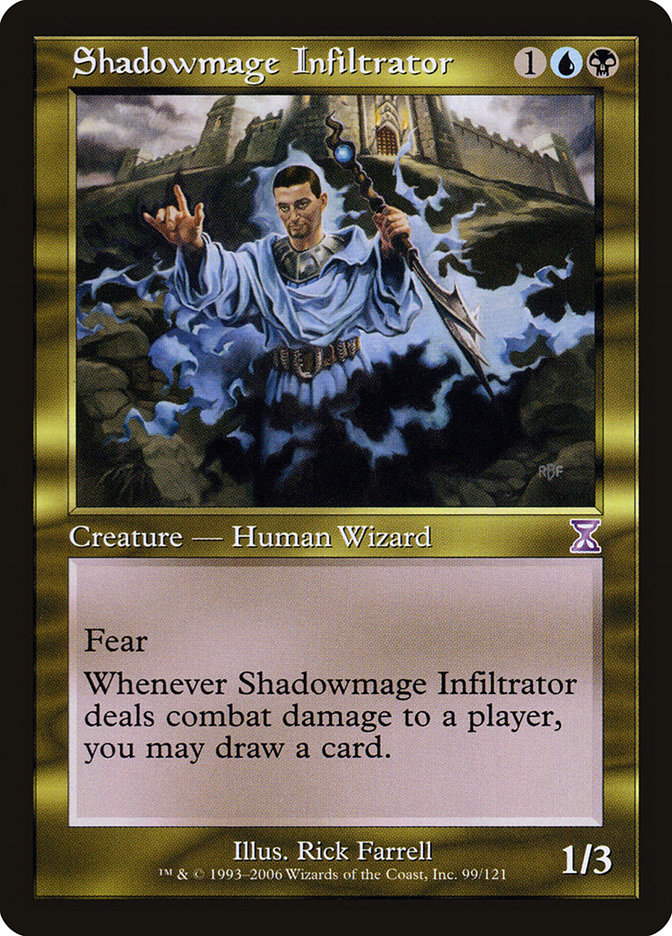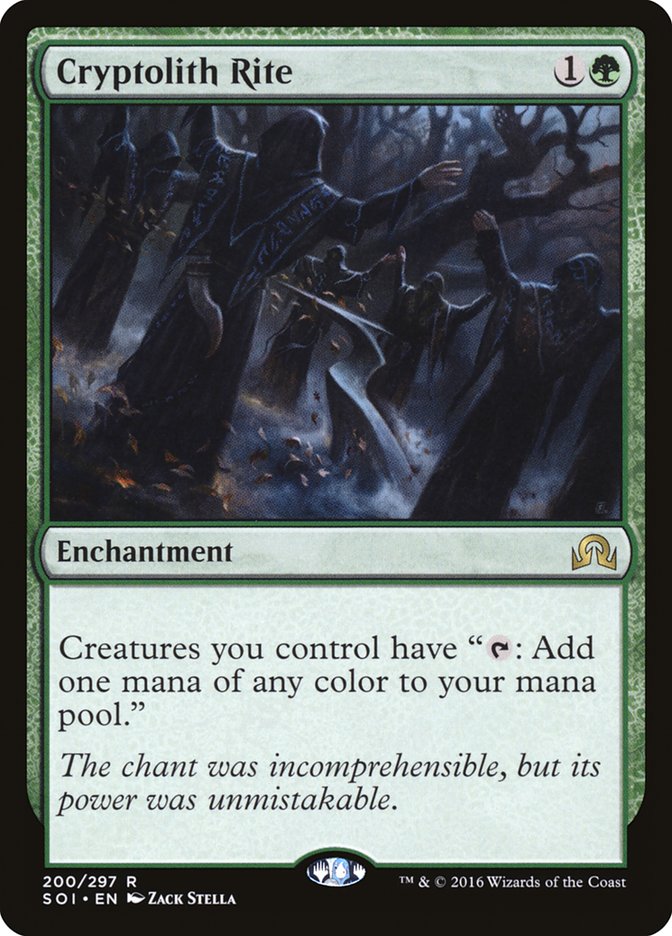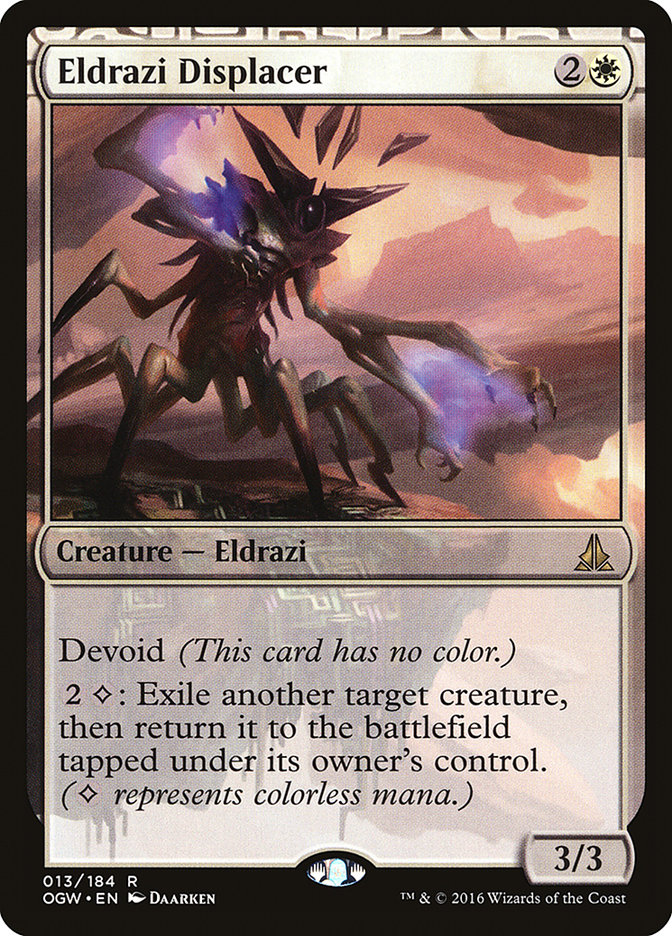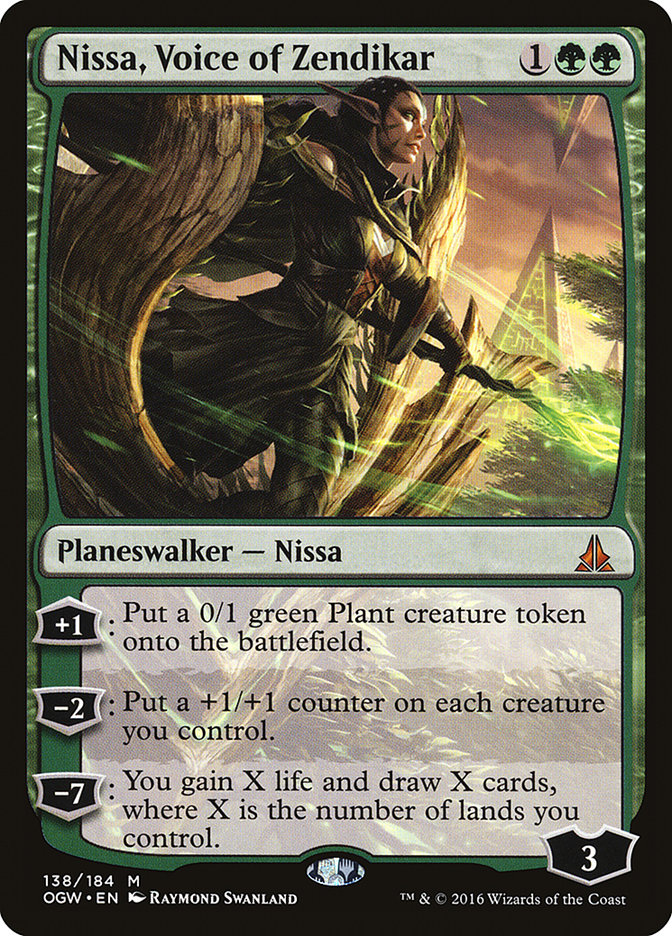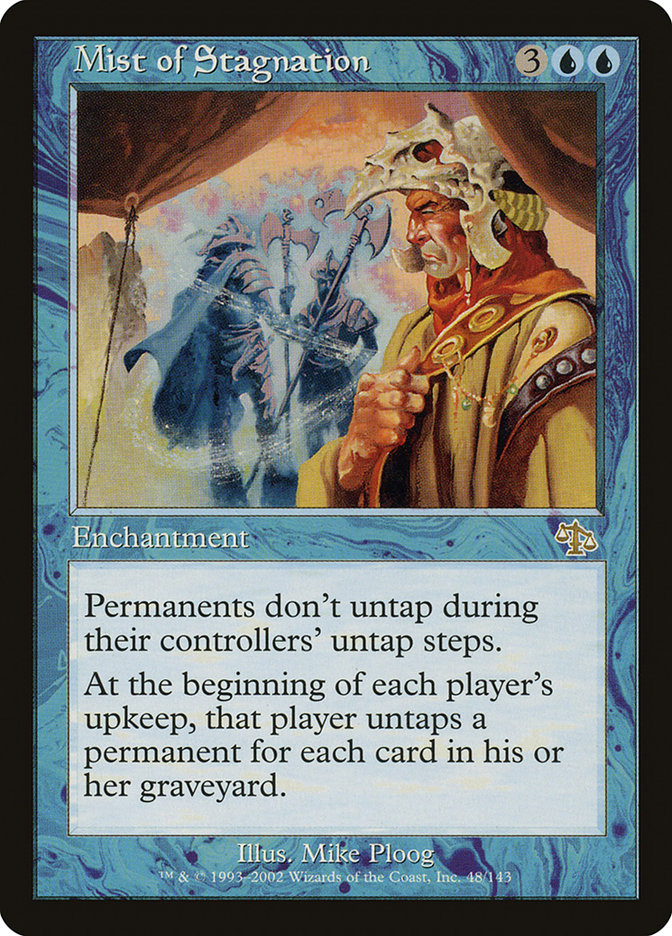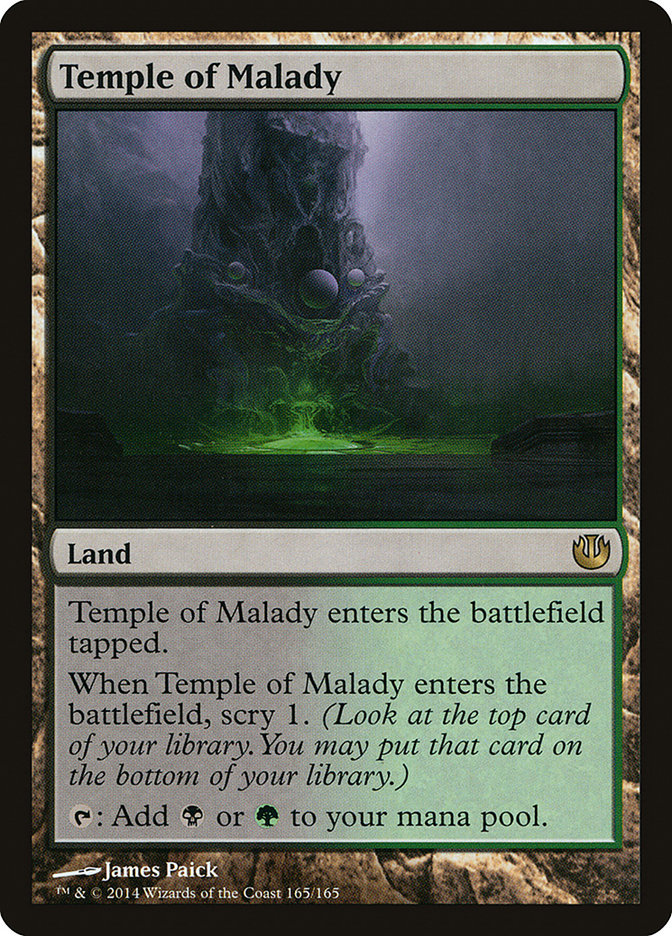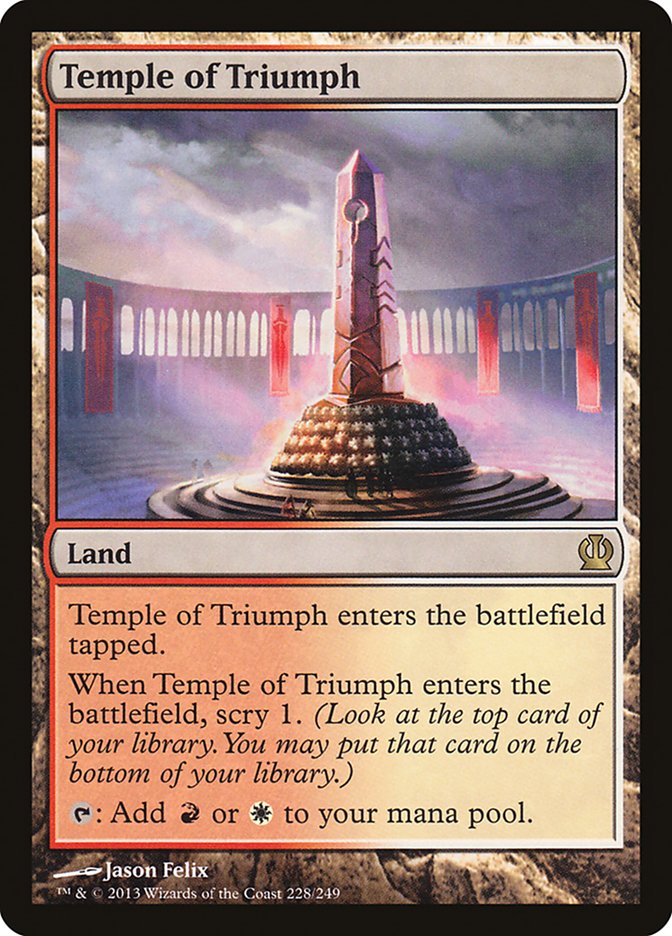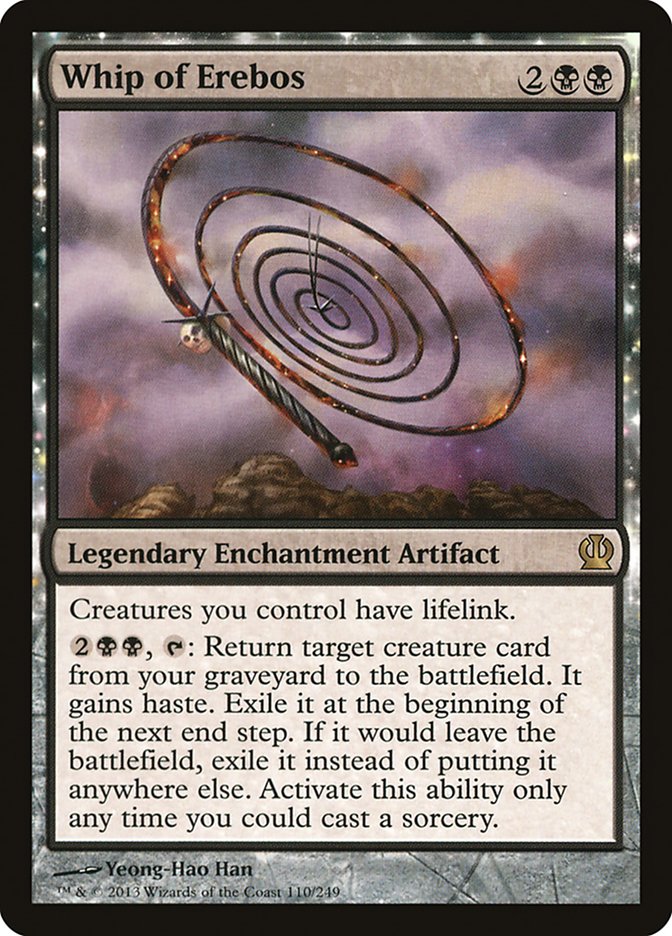This past weekend was #GPCostaRica. This tournament was supposed to be my culmination of two long weeks of preparation in Standard. I had already looked past my ninth-place finish at #GPMIN and was ready to break through to the Top 8 of my first Grand Prix this season. This hasn’t been the nicest season for me on the Grand Prix circuit, but I felt it in my bones that I would have a great finish in this illustrious 500-person event.
I say illustrious, because it wasn’t going to be easy. Just because the event was capped at 500 players didn’t mean it wouldn’t be filled with some of the fiercest spellslingers from around the World. Professional mages from all over gathered in Costa Rica to partake in good weather, great food, and some of the best competition to be found outside of a Pro Tour. Even Jon Finkel and Kai Budde were in attendance!
My weapon of choice for the event was Bant Company. Objectively I found the deck to be well positioned in a metagame full of W/B Control, green midrange decks, and Mono White Humans. Bant Humans was a difficult matchup in game one, but it felt like Bant Company was favored once Tragic Arrogance got to play a role in the sideboarded games. I’ve never felt like the G/W Tokens matchup was bad, but I also never found it to be a great one either. The addition of Eldrazi Displacer over Bounding Krasis helped tip the scales into Bant Company’s favor in that matchup, making it a reasonable deck selection to me. The icing on the cake was my prediction that Cryptolith Rite wasn’t going to be seen for miles.
Subjectively, I love Bant Company and wanted any reason to play this awesome deck!
It’s always difficult to know if the decision to play your favorite deck is the right one. You can make up infinite arguments for why you’re playing it, but at the end of the day it could all boil down to simple enjoyment. Now the equity of enjoyment does play a rather large role in Magic since we wouldn’t be doing this without some level of recreation, but it’s especially important to not censor your sensibility when treating it professionally.
My gut told me that G/W Tokens was the best deck for me to play. The same gut feeling that told me Birthing Pod was the best Modern deck to play years ago and that Abzan was always the best Standard deck to play each and every time I ignored it. The exact same gut feeling I’ve written about before which was why I told myself that I would only play the best deck from now on. Since then, I’ve ignored that feeling and convinced myself that I was still abiding by it.
I would like to say that I haven’t played the “best” deck in Standard since I’ve felt the decks I have chosen in the past month have been just that, but sadly that just isn’t true. I’ve been doing the exact same thing I’ve always done by approaching a metagame with strategic attacks. Last week in Minneapolis was me attacking a Cryptolith Rite-heavy metagame with W/B Control, and this past weekend in Costa Rica was an assault on W/B Control with Bant Company. Both weekends I defeated that which I had set out to but was eventually stopped by what I should have piloted. Both weekends were won by G/W Tokens. Both weekends I felt like I was wrong in my approaches. Both weekends ended in disappointment with results, approaches, and even preparation and play decisions.
Being disappointed in your results is a very human reaction to failure, but it tends to inhibit your growth the more you fixate on it. The same can be said about fixating on the highs for too long as well. For many years now, I’ve tried my best to take human emotions out of my results and stay as objective as possible. That becomes more and more difficult as the failures begin to pile up, but it still continues to be just as important. That’s why I try to only worry about the four things that are in my control at all times:
- The way I build my deck.
- The way I sideboard my deck.
- The way I mulligan my deck.
- The way I play my deck.
The moment I begin to feel like I didn’t deserve a loss, or that I’ve gotten the wrong side of variance, is the exact moment that self-entitlement begins to gain power. I’ve learned to understand its devilish ways and the roles it plays within me, which is why those closest to me will hear me start to complain about variance, stop myself in the middle of said bad-beat story, and state that I’m just being entitled and change the subject. I know firsthand that entitlement is the easiest way to turn progress into stagnation.
“I don’t win at Standard because I’ve won at Standard.” – Brad Nelson, 2015 before Theros Block rotated out.
That’s right, I quoted myself! I’ll even do it again!
“It’s your near misses that define you.” – Brad Nelson, sometime in the past when he didn’t lose so damn much.
The results you’ve had won’t dictate the ones you will have. What can be controlled is your objective opinion of whether or not you did your best, and lately I don’t think that is true for me.
I could complain about #GPCostaRica and for the most part people would buy it. I started off 10-0-1 before losing three matches in a row to G/W Tokens. In those matches I constantly stumbled, missed land drops, and had very poor hits off of each Collected Company. I could even defend my position by saying Brian Braun-Duin, who played my exact 75, went on to make Top 8 of the event after taking his only loss in the Swiss to me in round eleven. I could complain, but that would get me nowhere.
I’ve wanted nothing more in the past six months than to Top 8 another Standard Grand Prix. Something that came so naturally to me in past seasons has eluded me for so long lately that imposter syndrome has begun to take hold when people call me “master of Standard” or “the best Standard player.” Personally I feel like I am behind the curve when it comes to this format, and the last thing I need right now is to victimize myself when it comes to my results. What I need to do is figure out exactly why I’ve fallen so far behind in Standard as of late.
What’s dawned on me recently is that my approach to Standard might be outdated. The best results I’ve had in this format came when Theros Block was in Standard. Temple manabases ruled both formats Theros Block was in, which was most likely why I found so much success. The Temples allowed me to play in slightly slower formats, which, along with the additional scrying, allowed for more cards to be seen by both players.
Seeing more cards helped me build my decks better since I would see a higher density of the cards I added to them. Slower formats and seeing a higher density of cards allowed for more innovation and scalpel-style attacks.
That’s not the case anymore. I’ve said for a while now that the most powerful white Planeswalker dictates the speed of the format, and seeing what Gideon, Ally of Zendikar has done to Standard only solidifies my argument. Standard is currently all about board position in the first four turns so that you can either attack their Gideon, Ally of Zendikar or protect yours. The longer this card goes unmolested, the higher the chances are that its controller will win the game.
After some much needed self-evaluation after #GPCostaRica, I believe my love for Bant Company comes from an emotional attachment to Theros Block Standard. Back then, everything was a gigantic grind. The format was defined by Whip of Erebos, Mono Black Devotion, Sphinx’s Revelation, Elspeth, Sun’s Champion, and many other cards that caused some extremely long games.
Ones that I loved to be a part of. Playing the inevitability-engine that is Bant Company is an emotional attachment to what I liked most about the previous format I’d found so much success in. This is most likely why last week I considered Bant Humans an inferior version of Bant Company due to the deck’s inability to grind for as long or have as many spells that scale when the game goes longer. Now, this doesn’t make Bant Company an unplayable deck. In fact, I still think it is a fine choice right now. It’s just not one of the best ones.
The biggest reason why Bant Company isn’t a strong choice is its matchup against G/W Tokens. Like I said earlier, I don’t consider it bad, but it is far from good. In fact it can often just come down to the die roll or who stumbles first. It’s difficult to beat a good draw from G/W Tokens when they are on the play from the Bant Company side. Sometimes it just comes down to whether or not you played Reflector Mage on turn three, that’s it. There are also many other factors that go into the matchup. So many, in fact, that I don’t even know how to articulate the matchup well enough to send you Bant Company lovers into battle because I have yet to fully understand the matchup. All I know is that it isn’t good enough to want to play against it.
Bant Company wants to play against decks like W/B Control, Mono White Humans, and many of the format’s fringe decks. It doesn’t want to play against Cryptolith Rite, which is something that will most likely be returning to the top tables thanks to the strong results that G/W Tokens has been putting up lately. I don’t know, but I assume that there will be some sort of Cryptolith Rite deck that can beat both G/W Tokens and Bant Humans.
The deck that I wish I’d put more time into was the exact same one I hyped up last weekend:
Creatures (19)
- 2 Dragonlord Silumgar
- 3 Nissa, Vastwood Seer
- 2 Kalitas, Traitor of Ghet
- 4 Sylvan Advocate
- 4 Tireless Tracker
- 2 The Gitrog Monster
- 2 Duskwatch Recruiter
Lands (26)
Spells (15)

Now I don’t know if people just haven’t started to play this deck in live events yet or whether it did poorly in this past weekend’s tournaments, but I still believe it to be a great choice moving forward. It’s well positioned to beat Gideon, Ally of Zendikar-based decks as well as hold its own against Bant Humans and Bant Company thanks to its diverse suite of removal and creatures. It’s not like I had bad results with the deck in testing either. In actuality, I had the same results as I did with Bant Company and I’d only chosen Company for emotional reasons. They may have felt logical at the time, but that’s why it’s so difficult to know if you are being truly objective when choosing your pet deck over something else.
I talked myself into playing Bant Company over this deck because I simply liked it more, and I felt more comfortable with it thanks to extra hours of testing. I had only played four leagues with Sultai Control before leaving for Costa Rica, which wasn’t enough for me to justify playing it. Old Brad was chomping at the bit to play a new deck in a tournament, but for some reason this time around I was hesitating at the idea of playing something I was less familiar with – quite possibly due to a fear of failure that has been building up with each missed opportunity. It’s very difficult to know exactly why I didn’t just pull the trigger on Sultai Control, and that is most likely the catalyst for this week’s introspection.
When the event was all said and done, I could look back with regret when I realized that eight of my twelve opponents were either G/W Tokens or W/B Control – the two decks I expected the most and had built my Bant Company deck to beat. Sadly, Sultai Control was also built to beat both of these decks, which would have made it an excellent choice as well given how my event played out. You could say that I’m being results-oriented since I am putting so much emphasis on how 66% of my matches were against the two decks I expected, but in actuality that’s pretty much all that was at the top tables. Bant Company, Bant Humans, G/W Tokens, and W/B Control was pretty much all you could see at the top. It was almost impossible to play anything but one of those four decks once you found yourself with less than two losses after round eight.
It’s going to take me some time to build upon the lessons that I’ve learned this week, but luckily I’ll have that time since my next event isn’t for another two weeks. My next stop is #GPPIT at the end of the month, which gives me ample time to better understand this format and take another shot at getting a GP Top 8 this season. Sadly, I’m not holding my breath since I’ve already purchased my tickets to see Ingrid Michaelson that Sunday evening. A good hedge is healthy every once in a while, isn’t it?


